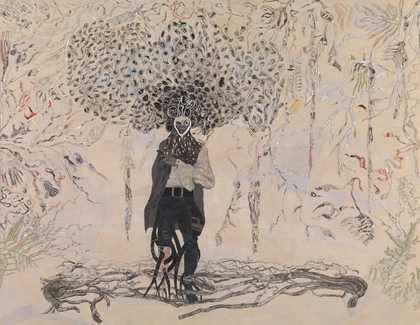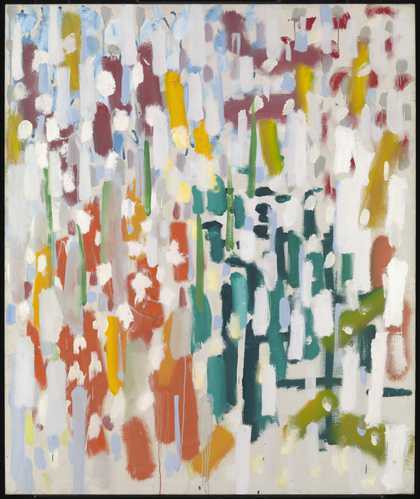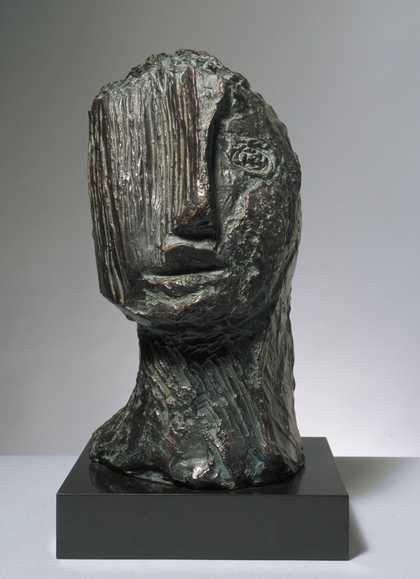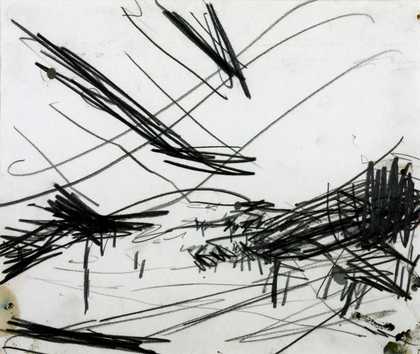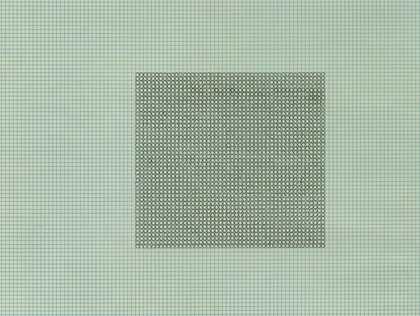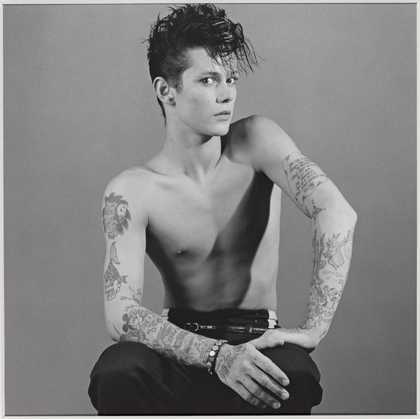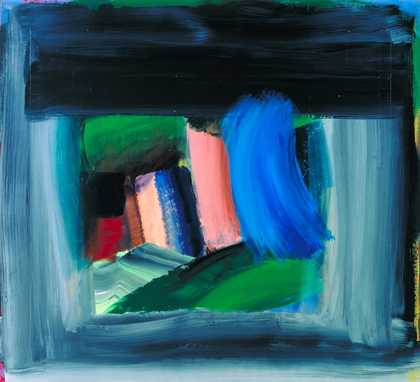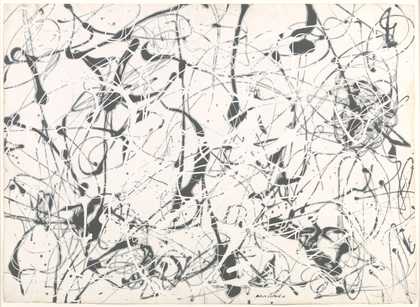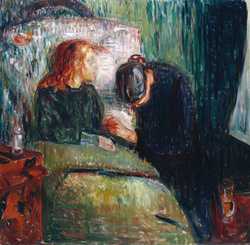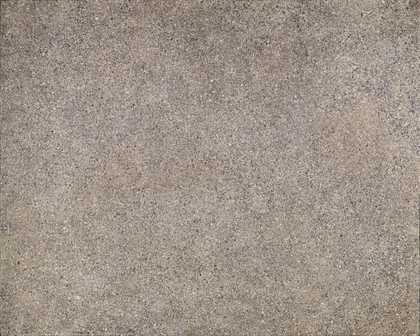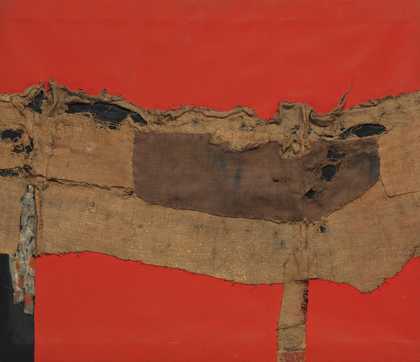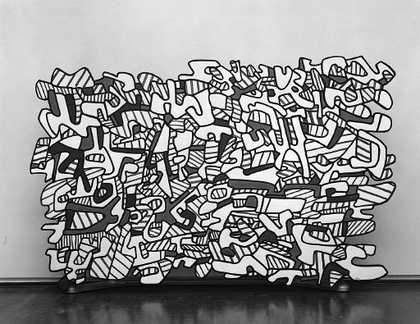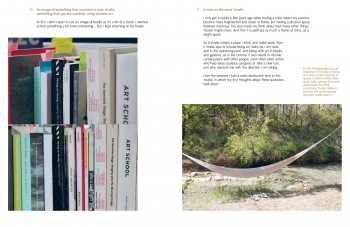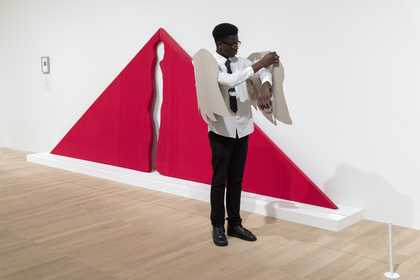What is mark making? Does it just mean dots, scribbles, and brushstrokes? What do expressive qualities add to the look and feel of an artwork?
What is mark making? Why use gestural qualities?
Mark making describes the different lines, dots, marks, patterns, and textures we create in an artwork. It can be loose and gestural or controlled and neat. It can apply to any material used on any surface: paint on canvas, ink or pencil on paper, a scratched mark on plaster, a digital paint tool on a screen, a tattooed mark on skin…even a sound can be a form of mark making. Artists use gesture to express their feeling and emotions in response to something seen or something felt – or gestural qualities can be used to create a purely abstract composition.
Capturing life
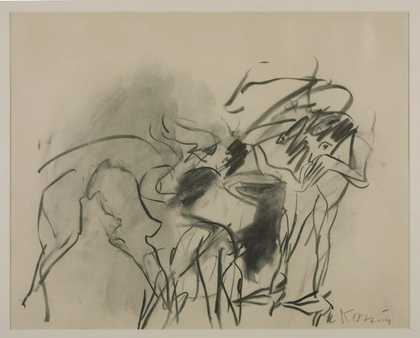
Willem de Kooning
Untitled (1966–7)
Tate
© Willem de Kooning Revocable Trust/ARS, NY and DACS, London 2025

Armand Guillaumin
Moret-sur-Loing (1902)
Tate
The impressionists used mark making – in the form of separate brush marks or dabs of paint – to add life, movement and light to their paintings of the things they saw around them. Later artists working in an expressionist style such as Willem de Kooning also created representational artworks using mark making. In his Untitled drawing of 1966–7 de Kooning uses rough charcoal lines, marks and smudges to suggest the movement of the people he draws.
Expressing emotions
Artists often use mark making and gestural qualities to express their feelings or emotions about something they have seen or experienced. Patrick Heron’s Azalea Garden was inspired by the effervescence of flowers ‘erupting’ in his garden. The vicious clawed and battered marks used by Jean Fautrier in creating his sculpture Large Tragic Head seem to directly communicate the horror and fear he experienced during the Second World War. Cy Twombly developed gestural mark making into a form of personal handwriting. In his series of paintings based on the seasons, he uses this ‘handwriting’ of marks to express what the different seasons mean to him.
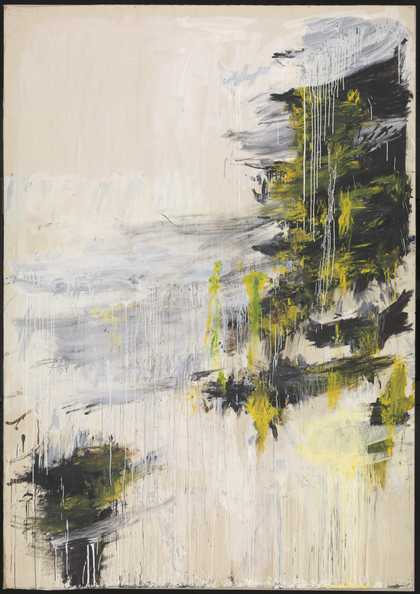
Cy Twombly
Quattro Stagioni: Inverno (1993–5)
Tate
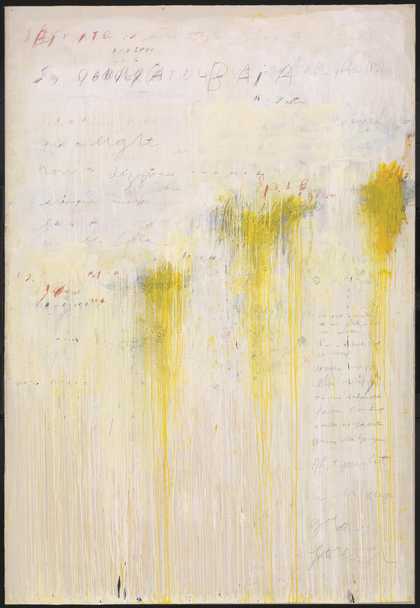
Cy Twombly
Quattro Stagioni: Estate (1993–5)
Tate

Cy Twombly
Quattro Stagioni: Autunno (1993–5)
Tate
Abstract and intuitive
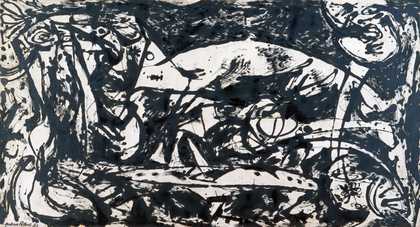
Jackson Pollock
Number 14 (1951)
Tate
Artists also use expressive mark making to create purely abstract artworks which do not necessarily refer to anything in the real world but are intuitive or respond to a defined set of rules.
Action painters such as Jackson Pollock (who dripped and splashed paint onto his canvases) and Niki de Saint Phalle, who in her shooting pictures found a novel way of mark making, by firing a gun through bags of paint which then exploded onto a canvas creating explosive marks, splashes and drips. An important influence on this kind of improvised mark making was the surrealist doctrine of automatism – which meant accessing ideas and imagery from the subconscious or unconscious mind.
Gerhard Richter experiments with lots of different ways of applying paint in his paintings. One technique he has adopted is using a homemade squeegee to smear and scrape paint across the surface of his paintings. The resulting marks look almost digital in their effect.
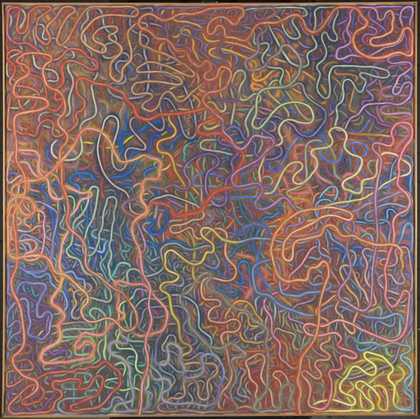
Bernard Cohen
In That Moment (1965)
Tate
Mark making doesn’t always have to be gestural and ‘uncontrolled’. Eva Hesse created beautiful serene drawings such as Untitled 1967 by systematically filling in the squares of graph paper with tiny marks. Bernard Cohen’s use of mark making in work such as In That Moment 1965 is similarly methodical. A single unbroken line winds its way systematically over the canvas, this way and that, crossing and re-crossing itself, only stopping when the whole surface is filled.
Well known for her repeated dot patterns, Yayoi Kusama is another artist who systematically mark-makes. She creates paintings, sculptures and installations that immerse the viewer in her obsessive vision of endless dots. For her interactive Obliteration Room an entirely monochrome living room is ‘obliterated’ with multi-coloured stickers, transformed from a blank canvas into an explosion of colour, with thousands of spots stuck over every available surface.
Making your mark: Graffiti and graffiti inspired art
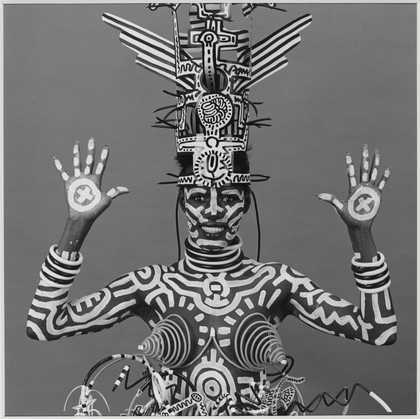
Robert Mapplethorpe
Grace Jones (1984)
ARTIST ROOMS Tate and National Galleries of Scotland
By tagging or making signature marks or images on surfaces in outdoor public spaces graffiti artists are also mark making.
New York graffiti artist Keith Haring applied his characteristic symbols and decorations to the human body as seen in this photograph of singer, actress and model Grace Jones, taken by Robert Mapplethorpe.
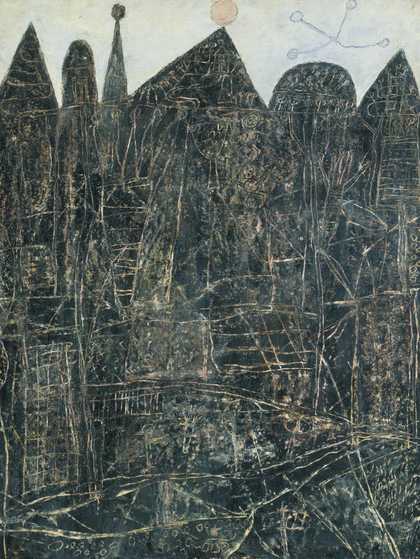
Jean Dubuffet
Large Black Landscape (1946)
Tate
The expressive qualities of graffiti has inspired many artists. Jean Dubuffet was interested in the marks and images he saw in graffiti scratched onto walls. In paintings such as Large Black Landscape and The Busy Life, graffiti-like figures, buildings and shapes are scratched into surfaces of thick paint. Mark Wallinger uses graffiti-like text in his mixed media work Where There’s Muck, a comment on class in British society and the urban unrest of the 1980s when the work was made.
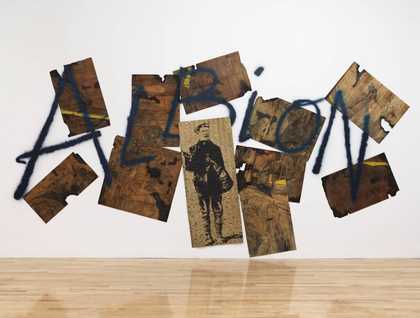
Mark Wallinger
Where There’s Muck (1985)
Tate
Mark Bradford compares his process of making paintings using materials he finds in his local urban environment to ‘those tagged up, repainted, tagged up, sanded, and repainted walls you pass everyday in the street’. In paintings such as May Heaven Preserve You From Dangers and Assassins he uses layers of ripped advertising posters to create richly textured surfaces of marks which to him are like ‘reading the streets through signs’.
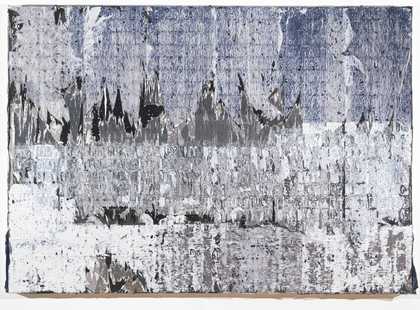
Mark Bradford
May Heaven Preserve You From Dangers and Assassins (2010)
Tate
Digital marks and making your mark using sound

Harold Cohen
Untitled Computer Drawing (1982)
Tate
Digital artists often create shapes or patterns that are produced automatically by programmed computer software. Artist Harold Cohen was an early pioneer of computer art, and the abstract shapes of Untitled Computer Drawing 1982 were created automatically by using such a programme. More recently artists have used data visualisation programmes to create digital images made up of marks and shapes that are generated automatically from a range of data. For The Dumpster 2006 Golan Levin with Kamal Nigam and Jonathan Feinberg, plotted the romantic lives of teenagers, through a dynamic visualisation that draws its data from live blog entries. Picture editing tools can also be used to create digital images or change existing ones into a series of marks.
Some sound art can also be considered a type of mark making. Artist’s have been experimenting with sound art since the early twentieth century when dada and surrealist artists used sound as an art form. Marcel Duchamp’s composition Erratum Musical featured three voices singing notes pulled from a hat. Jem Finer creates images from noise and static produced by radio waves and television signals. Finer has taken the idea of making your mark using sound to a new level with his sound piece Longplayer, a computer generated sound piece designed to play for 1000 years.



